Rome - Colosseum Live cam
Rome, view of the Colosseum and the ruins of the Ludus Magnus (gladiator school)
Advertisement
Visit the Colosseum with our live cam in Rome, Italy!
Also known as Anfiteatro Flavio, the "Colosseo" (or Coliseum) is an elliptical amphitheater in stone and concrete, located in the center of Rome. Home to events like the infamous gladiatorial games, the Colosseum was the largest amphitheater in the ancient Roman Empire.
Emperor Vespasian started its construction in 72 A.D. to replace the artificial lake in Nero's Domus Aurea. The inaugural celebrations, held under Emperor Titus, involved the killing of 5000 wild animals brought from Africa. Festivities lasted an astonishing 100 days!
With the fall of Rome, construction material was collected from existing buildings, including the Colosseum, which is why the same appears to be partially bare. In 2006, the Colosseum was listed as one of the Seven Wonders of the Modern World.
Enjoy this incredible view Colosseum live webcam and discover other breathtaking places with our webcams in Rome!
Exploring the Vicinity of the Colosseum: A Guide for Tourists
The Colosseum, one of the most iconic landmarks in Rome, is not only a testament to ancient engineering and entertainment but also a focal point for exploring a plethora of historical sites nearby. Here’s a guide to some remarkable locations around the Colosseum that you should consider visiting.
The Roman Forum
Just a short walk from the Colosseum, the Roman Forum is a must-visit for anyone interested in the heart of ancient Rome. This sprawling ruin complex was once the center of Roman public life, filled with triumphal arches, basilicas, and temples.
- Temple of Saturn: Named after the god Saturn, this temple is one of the city's oldest, offering picturesque views.
- Arch of Septimius Severus: A towering triumphal arch that commemorates Rome’s military victories.
Each edifice tells a story of the city’s storied history, making it a rich exploration ground for history buffs.
Palatine Hill
Overlooking the Forum, Palatine Hill is where, according to legend, the city of Rome was founded by Romulus. It's one of the most ancient parts of the city and easily accessible from the Colosseum.
- House of Augustus: The well-preserved residence of Rome’s first emperor, Augustus.
- Farnese Gardens: Lush gardens offering panoramic views of the city, perfect for relaxation after a walk through history.
Exploring Palatine Hill allows you to step into both the mythical beginnings and luxury of ancient Rome.
The Ludus Magnus
Next to the Colosseum lies the Ludus Magnus, the largest of Rome’s gladiatorial schools. Although less celebrated than the Colosseum itself, it gives insight into the lives of gladiators who fought in the famed amphitheater.
- Ludus Magnus Ruins: Partially excavated, the ruins reveal the training ground and quarters for gladiators.
It's a smaller site but offers a fascinating glimpse into an aspect of Roman entertainment culture that is both heroic and brutal.
Basilica di San Clemente
A short stroll from the Colosseum leads you to the Basilica di San Clemente, a lesser-known gem that unveils Rome’s religious layers. This unique church is built atop older structures, reflecting the city’s architectural evolution over centuries.
- 13th-century Basilica: The upper church showcases stunning mosaics and frescoes.
- 4th-century Church: Descending below, you find a more ancient church, rich with early Christian art.
The layers reveal a timeline of Rome’s religious history, truly a hidden treasure waiting to be explored.
The Baths of Caracalla
Venture a bit further from the Colosseum to explore the Baths of Caracalla, one of the largest and most luxurious public baths of ancient Rome.
- Grand Halls: Massive halls that once hosted social and leisure activities.
- Underground Tunnels: Learn about the engineering prowess of the Romans as you explore these intricate tunnels.
The scale and grandeur of the baths reflect the social and cultural importance of bathing in Roman society, an experience not to be missed.
When visiting the Colosseum, don't miss the opportunity to dive into the surrounding wonders. From political centers at the Roman Forum to the sacred layers of San Clemente, each site offers a unique window into Rome’s varied history. Whether you are an avid historian or a casual traveler, these sites promise to enhance your understanding and appreciation of the Eternal City's ancient past.
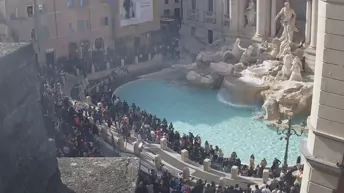
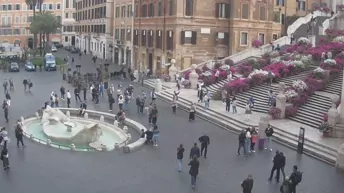
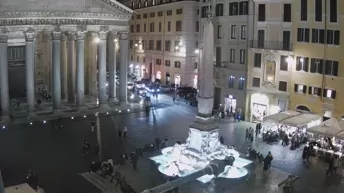
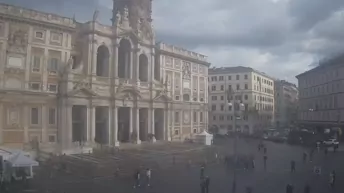
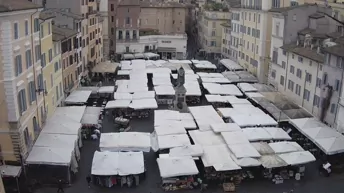
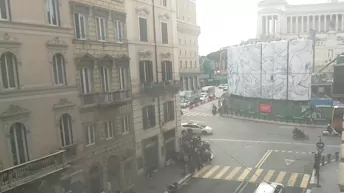
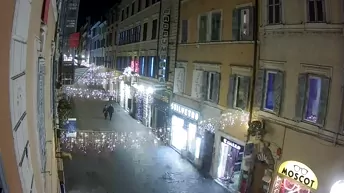
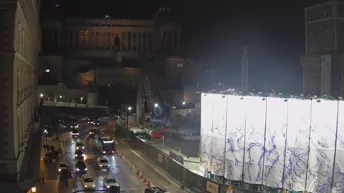
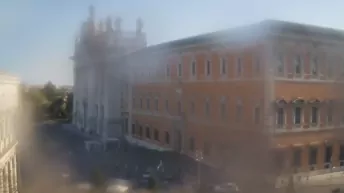
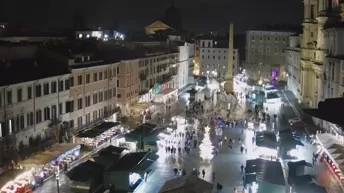
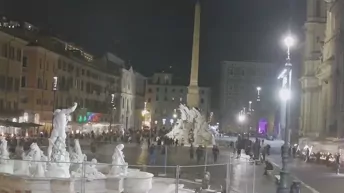
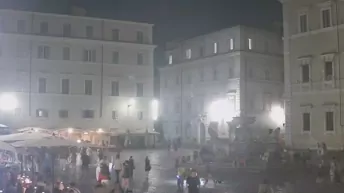
Loading...
